Home>Storage Ideas>Living Room Storage>10 Dirty Spots You Probably Aren’t Vacuuming—but Should Be
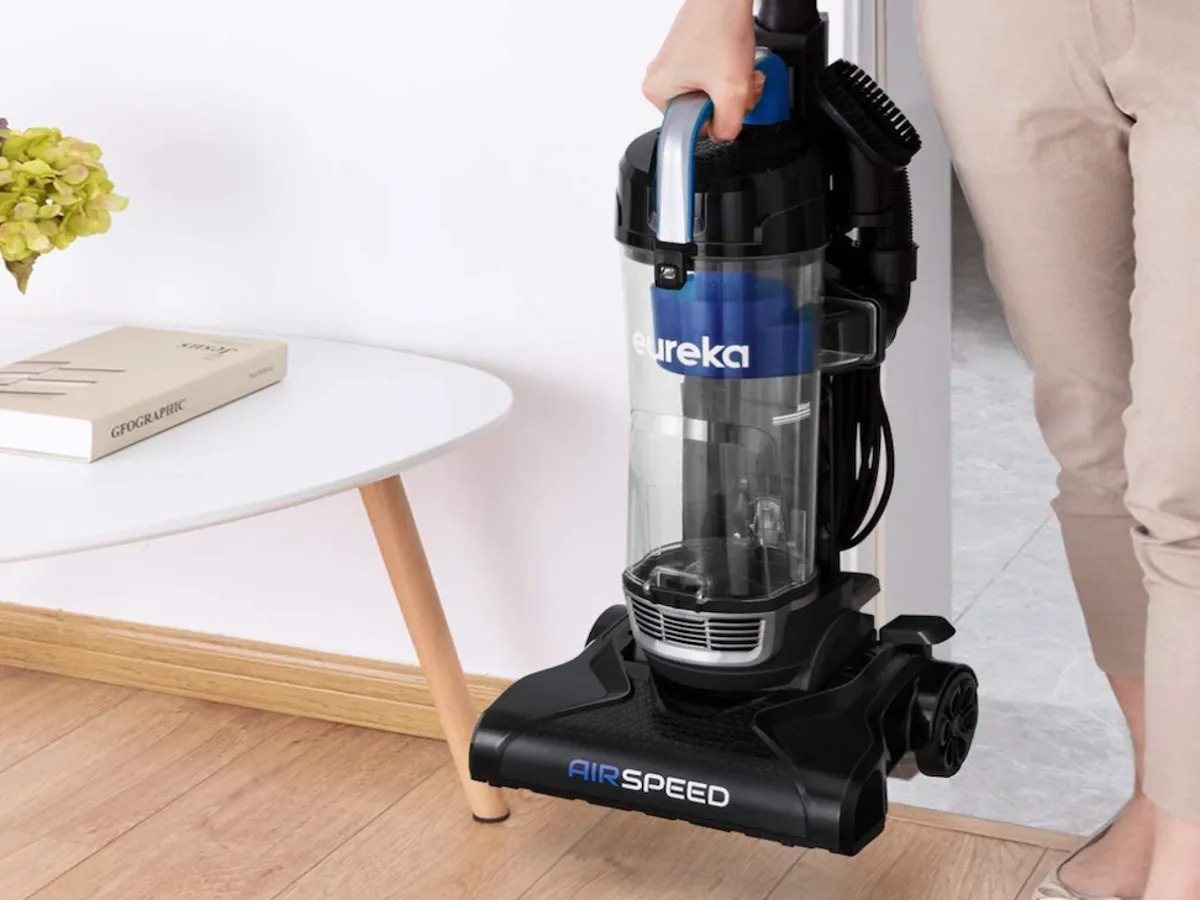

Living Room Storage
10 Dirty Spots You Probably Aren’t Vacuuming—but Should Be
Modified: January 18, 2024
Discover the 10 dirtiest spots in your home that you may overlook while vacuuming, including essential living room storage areas. Ensure a clean and organized living space with these helpful tips.
(Many of the links in this article redirect to a specific reviewed product. Your purchase of these products through affiliate links helps to generate commission for Storables.com, at no extra cost. Learn more)
Introduction
When it comes to keeping your living room clean and organized, most people focus on the obvious tasks like vacuuming the floor and dusting the furniture. However, there are some hidden spots in your living room that often get overlooked, but can harbor dirt, dust, and allergens if not properly cleaned. In this article, we will uncover 10 dirty spots in your living room that you probably aren’t vacuuming but should be.
Your living room is a place where you relax, entertain guests, and spend quality time with your family. It’s important to ensure that the space is not only visually appealing but also free from hidden grime and allergens. By paying attention to these often neglected areas, you can create a healthier and cleaner living environment for yourself and your loved ones.
So, grab your vacuum cleaner, put on your cleaning gloves, and let’s dive into the 10 dirty spots in your living room that deserve some attention!
Key Takeaways:
- Don’t overlook these 10 dirty spots in your living room! From mattresses to electronics, proper cleaning can create a healthier and more inviting space for you and your family.
- Regularly cleaning often overlooked areas like baseboards and air vents can improve air quality and extend the lifespan of your furniture and electronics. Prioritize these spots for a cleaner, healthier living room.
Read more: How To Fix E2 Error In A Washing Machine
Mattress
Your mattress is the place where you spend one-third of your life sleeping. Keeping it clean is essential not only for your comfort but also for your health. Dust mites, dead skin cells, and sweat can accumulate on your mattress over time, leading to allergies, respiratory issues, and unpleasant odors. Yet, many people forget to include their mattress in their regular cleaning routines.
To clean your mattress, start by removing all bedding and sheets. Sprinkle baking soda over the entire surface of the mattress and let it sit for about 30 minutes. Baking soda helps to absorb odors and moisture. Then, using a vacuum cleaner with upholstery attachment, vacuum the entire mattress, focusing on seams, corners, and crevices.
If your mattress has stains, you can spot clean them using a mixture of hydrogen peroxide and dish soap. Gently blot the stain with a clean cloth soaked in the solution, being careful not to saturate the mattress. Afterward, let the mattress air dry completely before putting on fresh sheets.
Don’t forget to flip and rotate your mattress every few months to ensure even wear and prevent sagging. Regularly cleaning your mattress can extend its lifespan, improve your sleep quality, and make your living room a healthier space.
Upholstered Furniture
Upholstered furniture such as sofas, armchairs, and ottomans are not only comfortable but also a hotspot for dirt, dust, and allergens. Over time, dust particles settle into the fabric, making it look dull and potentially causing respiratory issues. To keep your upholstered furniture clean, follow these steps:
- Start by using a vacuum cleaner with a brush attachment to remove loose dirt and debris from the surface of the furniture. Pay attention to corners, crevices, and seams where dust tends to accumulate.
- Next, check the care instructions provided by the manufacturer to determine if your furniture can be cleaned with water-based solutions. If it is safe, create a cleaning solution by mixing a small amount of mild detergent with warm water.
- Dip a clean cloth or sponge into the solution and gently blot the stained areas on the upholstery. Avoid scrubbing vigorously, as it may damage the fabric.
- After blotting away the stains, use a clean, damp cloth to rinse the detergent from the furniture. Make sure to remove any excess moisture by blotting with a dry towel.
- Leave the furniture to air dry completely before using it again. To speed up the drying process, you can place a fan nearby or open windows to improve air circulation.
For deeper cleaning, you can also consider using a steam cleaner designed for upholstery. Steam cleaning is effective in removing embedded dirt and killing bacteria, but make sure to follow the manufacturer’s instructions to avoid damaging the fabric.
Regular maintenance and cleaning of upholstered furniture not only enhance its appearance but also ensure that allergens and dirt are kept at bay. By following these steps, you can keep your living room furniture looking fresh and inviting.
Curtains and Drapes
Curtains and drapes not only add style and elegance to your living room but also collect dust, pet hair, and allergens over time. Neglecting to clean them regularly can not only diminish their appearance but also affect the air quality in your home. Here are some steps to properly clean your curtains and drapes:
- Check the care label on your curtains to determine the appropriate cleaning method. Some curtains may be machine washable, while others may require dry cleaning or spot cleaning.
- If your curtains can be machine washed, remove any hooks, rings, or other detachable hardware before placing them in the washing machine. Use a gentle cycle and mild detergent to avoid damaging the fabric.
- If dry cleaning is recommended, take your curtains to a professional cleaner who has experience with delicate fabrics. They will use appropriate methods and solvents to clean and maintain the quality of the curtains.
- For spot cleaning, identify any stains or soiled areas on the curtains. Use a mild detergent mixed with water and a soft cloth to gently dab and clean the affected areas. Avoid rubbing vigorously to prevent damage.
- Allow your curtains to dry thoroughly before rehanging them. Hanging slightly damp curtains can cause them to develop a musty smell or encourage mold growth.
- While your curtains are down, take the opportunity to vacuum the curtain rods and tracks. Dust tends to accumulate in these areas, affecting the overall cleanliness of your living room.
In between deep cleaning, it’s a good practice to regularly dust your curtains using a feather duster or a vacuum cleaner with a brush attachment. Dusting them once a week helps to prevent the build-up of allergens and keeps them looking fresh.
By giving your curtains and drapes the attention they need, you can maintain a clean and inviting living room while ensuring better air quality for you and your family.
Staircases
While we may often vacuum the floors in our living rooms, one area that often gets overlooked is the staircase. Staircases can accumulate dust, dirt, pet hair, and other debris, making them not only unsightly but also potentially hazardous. Here’s how you can properly clean your staircases:
- Start by removing any clutter or objects from the stairs, such as shoes, toys, or decorative items.
- Using a broom or a vacuum cleaner with a brush attachment, thoroughly sweep or vacuum the stairs to remove loose dirt and debris. Pay attention to the corners, edges, and crevices where dust tends to accumulate.
- If your stairs have carpeting, consider using a carpet cleaner or a steam cleaner to deep clean the carpeted surfaces. Follow the manufacturer’s instructions to ensure safe and effective cleaning.
- If your stairs have hard surfaces, such as wood or laminate, dampen a mop or a microfiber cloth with a mild cleaning solution and gently wipe down the steps. Avoid using excessive water, as it can damage certain types of flooring.
- Don’t forget to clean the handrail, as it is a frequently touched area. Use a disinfectant wipe or a cloth dampened with a mild cleaning solution to wipe down the handrail.
In addition to regular cleaning, it’s a good idea to periodically check for any loose or squeaky steps and address them promptly to avoid accidents. You can also consider using stair carpet treads or runners to protect your stairs from wear and tear, making them easier to clean as well.
By giving your staircases the attention they deserve, you can maintain not only cleanliness but also safety in your living room. Cleaning your staircases regularly will not only enhance the overall appearance of your space but also provide a safer environment for you and your family.
Lampshades
Lampshades are an often overlooked spot when it comes to cleaning our living rooms. However, over time, lampshades can accumulate dust, pet hair, and other particles, affecting both their appearance and the quality of light they emit. To keep your lampshades clean and dust-free, follow these simple steps:
- Start by unplugging the lamp and removing the lampshade from the base. Place it on a clean, flat surface, preferably covered with a towel or a sheet to catch any dust that may fall off.
- Use a soft brush or a lint roller to gently remove the loose dust and debris from the surface of the lampshade. Start from the top and work your way down, using light strokes to avoid damaging the fabric or material.
- If your lampshade is made of fabric, you can spot clean any stains or marks using a mixture of mild detergent and warm water. Dampen a clean cloth with the solution and gently blot the affected areas. Be careful not to saturate the fabric, as it may cause discoloration or damage.
- For lampshades made of non-fabric materials, such as glass or plastic, use a soft cloth dampened with a mild cleaning solution to wipe down the surface. Avoid using abrasive cleaners or scrub brushes that can scratch or damage the material.
- Once you’re done cleaning, leave the lampshade to air dry completely before reattaching it to the lamp base. This will help prevent any moisture from causing mold or mildew growth.
Regularly cleaning your lampshades not only improves their appearance but also ensures that they can emit light properly. Cleaner lampshades allow for a brighter and more pleasant ambiance in your living room, enhancing your overall experience.
Remember to include lampshades in your regular cleaning routine to maintain a dust-free and well-lit living room.
Don’t forget to vacuum under and behind furniture, as these areas can accumulate a lot of dust, dirt, and pet hair. Use a crevice tool to reach tight spaces.
Blinds
Blinds are a popular window covering in many living rooms, providing privacy, light control, and aesthetic appeal. However, they can easily accumulate dust, pet hair, and grime, especially in their slats or fabric. Regular cleaning of your blinds is essential to maintain their functionality and appearance. Here’s how you can effectively clean your blinds:
- Start by fully closing the blinds and dusting the surface with a feather duster or a microfiber cloth. This will help remove loose dust and debris.
- Next, tilt the blinds in the opposite direction so that the underside of the slats or fabric is exposed. Dust this side as well using the same dusting tool.
- If your blinds are made of fabric or have removable slats, check the manufacturer’s instructions to determine if they are machine washable or require handwashing. If machine washable, remove the slats or the entire blinds, following the proper disassembly instructions, and wash them accordingly.
- If handwashing is required, prepare a mild soapy solution using warm water and a gentle detergent. Dip a clean cloth or sponge into the solution and gently wipe each slat or the fabric, paying attention to any stained or soiled areas. Rinse the cloth or sponge frequently to avoid spreading dirt.
- For blinds that cannot be removed or washed, you can use a vacuum cleaner with a brush attachment or a microfiber duster to gently clean each slat. Start from the top and work your way down, ensuring all surfaces are dust-free.
- For extra stubborn stains or grime, you can create a paste using baking soda and water. Apply the paste to the affected areas using a clean cloth or sponge, and gently scrub. Wipe away the paste with a damp cloth and allow the blinds to air dry.
Remember to check the material and care instructions provided by the manufacturer to ensure proper cleaning techniques and avoid any potential damage.
By incorporating regular blind cleaning into your living room maintenance routine, you can enjoy clean and dust-free window coverings that contribute to a fresh and inviting atmosphere.
Baseboards
Baseboards are often overlooked when it comes to regular cleaning in the living room, yet they can accumulate dust, dirt, and pet hair over time. Cleaning your baseboards not only enhances the overall cleanliness of your living space but also adds a finishing touch to your room’s aesthetic. Follow these steps to effectively clean your baseboards:
- Start by removing any visible dust or debris from the surface of the baseboards. You can use a dry cloth, a feather duster, or a vacuum cleaner with a brush attachment to gently remove loose dirt.
- If there are stubborn stains or sticky residue on the baseboards, create a cleaning solution by mixing warm water and mild detergent. Dip a clean cloth or sponge into the solution and gently scrub the affected areas.
- For scuff marks or tough stains, you can use a mixture of baking soda and water to create a paste. Apply the paste to the stained areas and gently scrub with a soft cloth or sponge. Wipe away any residue with a clean, damp cloth.
- If your baseboards have intricate designs or detailed grooves, use a soft-bristle toothbrush or a small brush to reach into those tight spaces.
- After cleaning the baseboards, wipe them down with a clean, damp cloth to remove any remaining cleaning solution or residue. Make sure to dry the baseboards thoroughly to prevent moisture damage.
- If you want to maintain clean baseboards for a longer period, consider applying a coat of furniture polish or a specialized baseboard cleaner. This can help repel dust and make future cleanings easier.
Regularly incorporating baseboard cleaning into your living room cleaning routine will not only improve the overall appearance of the room but also contribute to a healthier and dust-free environment. Clean baseboards add a polished and well-maintained look to your living room that can greatly enhance the overall aesthetic appeal of the space.
Air Vents
Air vents play a crucial role in keeping your living room properly ventilated and comfortable. However, over time, they can collect dust, pet hair, and other airborne particles, hindering their effectiveness and potentially impacting indoor air quality. Cleaning your air vents not only improves their functionality but also promotes better air circulation. Follow these steps to effectively clean your air vents:
- Turn off your HVAC system to prevent any unwanted airflow while cleaning the vents. This will also ensure your safety.
- Inspect the vents for visible dust and debris. Use a soft brush or a vacuum cleaner with a brush attachment to gently remove any loose dirt from the surface of the vents.
- If your vents are removable, carefully detach them from the wall or ceiling. Place them in a tub or sink filled with warm water mixed with mild detergent.
- Use a soft sponge or cloth to scrub the vents and remove any dirt or grime. Pay attention to the backside of the vents as well.
- Rinse the vents thoroughly with clean water and pat them dry with a towel. Ensure that they are completely dry before reattaching them.
- If your vents are not removable, you can use a brush or a vacuum cleaner with a brush attachment to gently clean the surface and the slats. Be careful not to apply too much pressure to avoid damaging the vents.
- For hard-to-reach areas or stubborn dirt, you can use a crevice tool or a soft-bristle toothbrush to carefully clean those spots.
- Once you have cleaned the vents, consider replacing or cleaning the air filters in your HVAC system as well. This will further improve air quality and airflow in your living room.
Regular cleaning of your air vents helps promote better air quality, reduces allergens, and ensures efficient airflow throughout your living room. It’s recommended to include air vent cleaning as part of your regular home maintenance routine to maintain a healthy and comfortable living environment.
Picture Frames
Picture frames add a personal touch to your living room, showcasing cherished memories and artwork. However, these frames can accumulate dust and dirt over time, dulling their appearance and detracting from the beauty of the displayed photos or artwork. Properly cleaning your picture frames will help preserve their aesthetic appeal and keep your living room looking fresh. Here are the steps to effectively clean your picture frames:
- Start by removing the photos, artwork, or glass from the frames. Lay them flat in a safe and clean area to prevent any damage.
- Using a soft, dry cloth or a feather duster, gently remove any loose dust or debris from the surface of the frame. Pay attention to the corners and crevices where dust tends to accumulate.
- If the frame has visible stains or dirt, dampen a clean cloth or sponge with warm water and mild detergent. Gently wipe the frame, being careful not to saturate the wood or any delicate materials.
- For frames with intricate or ornate designs, use a soft-bristle toothbrush or a small brush to reach into the tight spots and crevices. This will help remove any stubborn dirt or dust.
- Once you have cleaned the frame, wipe it down with a clean, damp cloth to remove any soap residue or remaining dirt. Dry the frame thoroughly with a soft, dry cloth to prevent water damage.
- Clean the glass or acrylic coverings separately using a non-ammonia glass cleaner or a mixture of vinegar and water. Spray the cleaner onto a lint-free cloth and gently wipe the glass, avoiding any contact with the frame.
- Once the frame, glass, and artwork are completely dry, reassemble the picture frame. Ensure that the glass is free from streaks or smudges before inserting the photos or artwork back into the frame.
Regularly cleaning your picture frames not only keeps them looking pristine but also protects your cherished memories. By following these steps, you can maintain an impressive display of photos and artwork in your living room, adding a touch of personal style to your space.
Electronics
Electronics are an essential part of any modern living room, including televisions, gaming consoles, DVD players, and sound systems. However, these devices can easily accumulate dust, fingerprints, and smudges, which not only affect their appearance but also impact their performance. Properly cleaning your electronic devices will help maintain their functionality and keep them looking their best. Here’s how you can effectively clean your electronics:
- Before cleaning any electronic device, always ensure it is unplugged from the power source to prevent any accidents or damage.
- Start by using a soft, dry cloth or an anti-static microfiber cloth to gently wipe down the surface of the device. This will help remove any loose dust or debris.
- If there are stubborn fingerprints or smudges on the screen or surface, dampen a clean cloth with distilled water or a specialized electronic cleaning solution. Avoid using excessive moisture, as it can damage the device.
- Gently wipe the screen or surface using the damp cloth, making small circular motions to remove fingerprints and smudges. Be careful not to press too hard, as this can damage the screen or sensitive components.
- For keyboards or gaming controllers, use compressed air or a soft brush to remove dust and debris from between the keys or buttons. Hold the device upside down to encourage any loose residue to fall out.
- If necessary, you can use a small amount of isopropyl alcohol on a cloth or cotton swab to clean hard-to-reach areas or stubborn stains. Again, make sure to apply the alcohol to the cloth or swab and not directly onto the device.
- For speakers or vents, use a can of compressed air to blow out any dust or particles that may have accumulated. Hold the can upright and use short bursts to avoid moisture buildup.
- Allow the device to air dry completely before plugging it back in or using it.
Regularly cleaning your electronic devices not only improves their appearance but also helps prevent dust buildup that can hinder their performance. Make sure to follow the manufacturer’s instructions for specific cleaning recommendations, as certain devices may require specialized care. By incorporating electronic cleaning into your living room maintenance routine, you can ensure that your devices shine and function at their best.
Conclusion
Keeping your living room clean and organized is essential for creating a comfortable and inviting space. While it’s easy to focus on the obvious cleaning tasks like vacuuming the floors and dusting the furniture, it’s crucial not to overlook the hidden spots that often go unnoticed. By paying attention to these overlooked areas, you can improve the overall cleanliness and hygiene of your living room.
In this article, we’ve explored ten dirty spots in your living room that you probably aren’t vacuuming but should be. From your mattress and upholstered furniture to curtains, baseboards, and more, each of these areas can harbor dirt, dust, and allergens if not properly cleaned. By incorporating these often neglected spots into your regular cleaning routine, you can create a healthier and more pleasant living environment for yourself and your family.
Remember to approach cleaning with a thorough mindset, paying attention to even the smallest details. Use the proper cleaning techniques and tools, such as soft brushes, microfiber cloths, and gentle cleaning solutions, to avoid causing any damage to surfaces or materials. Regular maintenance and cleaning not only improve the cleanliness of your living room but also extend the lifespan and beauty of your furniture, fabrics, and electronics.
So, the next time you embark on a cleaning spree in your living room, don’t forget to include these ten dirty spots. Your mattress will be refreshed, your upholstery will regain its original luster, your curtains will be dust-free, your staircases will be safer to use, your lampshades will emit a warm glow, your blinds will enhance your window treatments, your baseboards will add a finishing touch, your air vents will promote healthier air circulation, your picture frames will showcase memories more vibrantly, and your electronics will sparkle and perform at their best.
With a comprehensive cleaning routine that encompasses these overlooked areas, your living room will not only look immaculate but will also provide a healthier and more enjoyable space for relaxation, entertainment, and quality time with your loved ones.
Frequently Asked Questions about 10 Dirty Spots You Probably Aren’t Vacuuming—but Should Be
Was this page helpful?
At Storables.com, we guarantee accurate and reliable information. Our content, validated by Expert Board Contributors, is crafted following stringent Editorial Policies. We're committed to providing you with well-researched, expert-backed insights for all your informational needs.







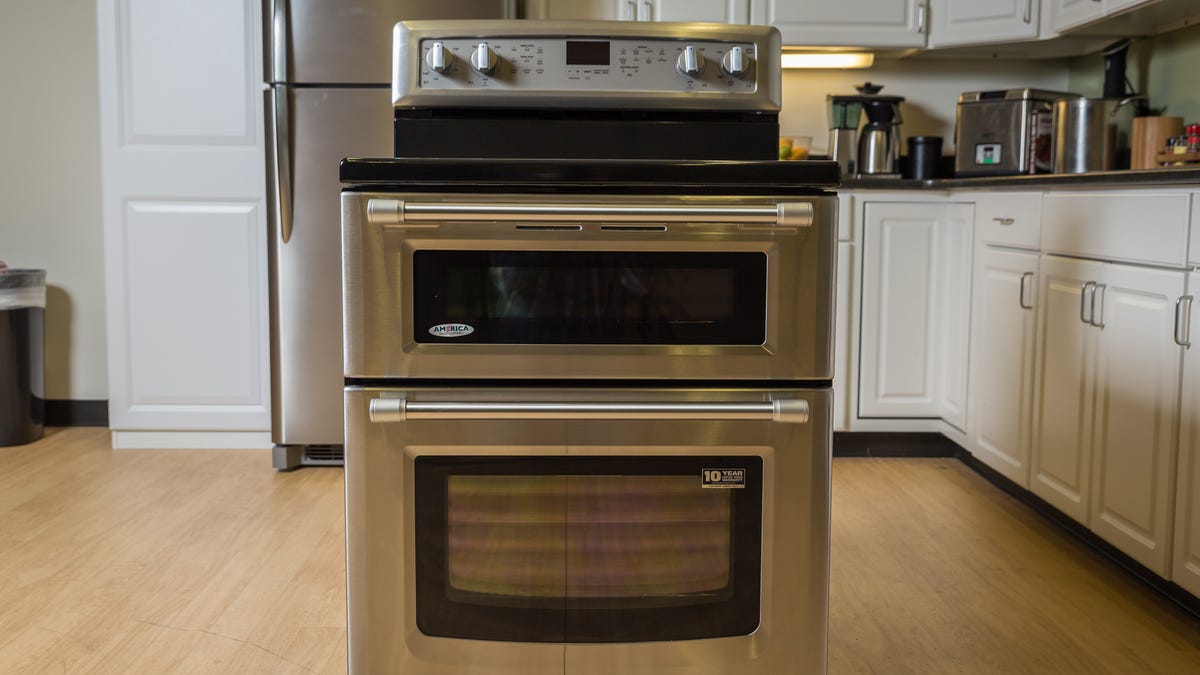
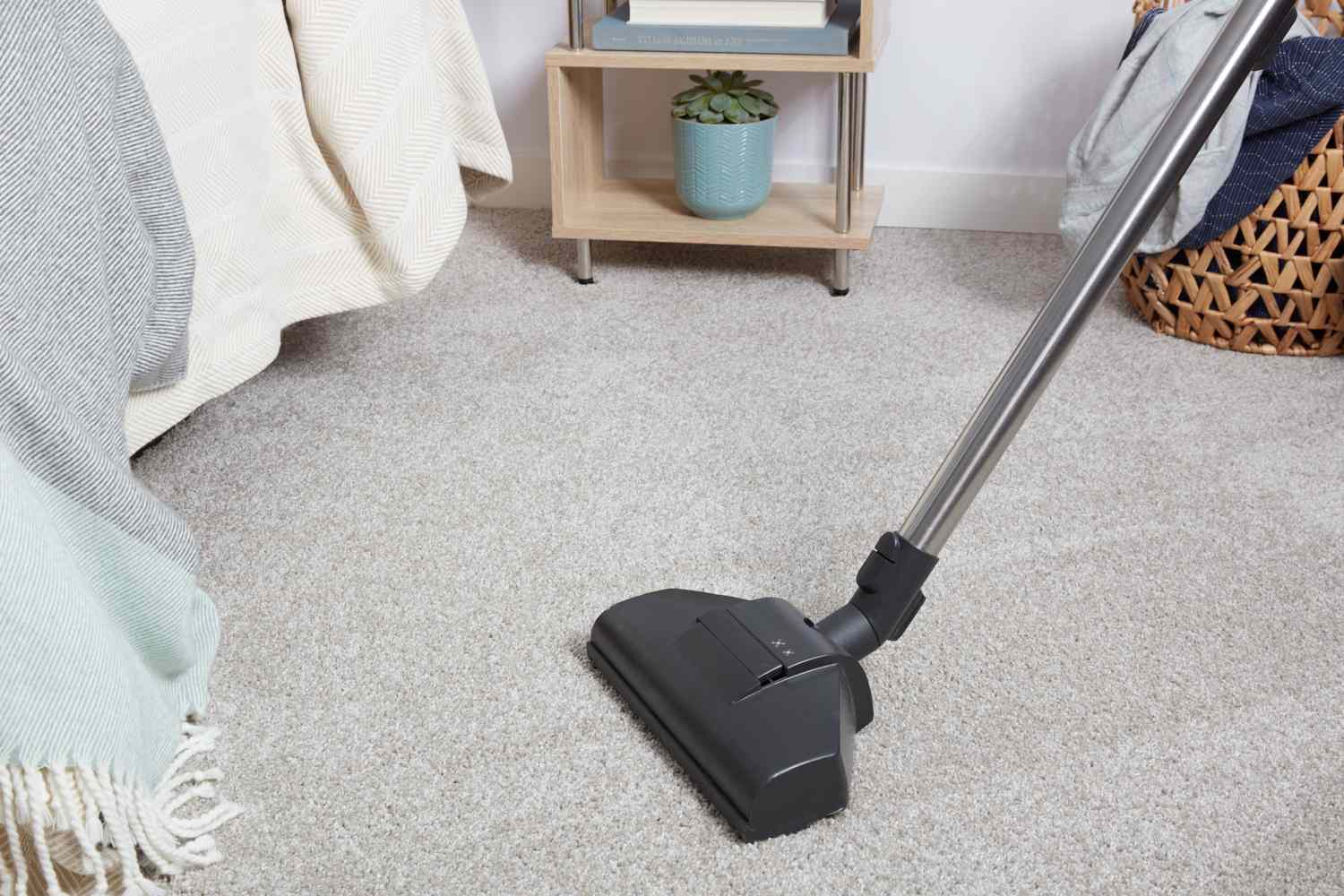
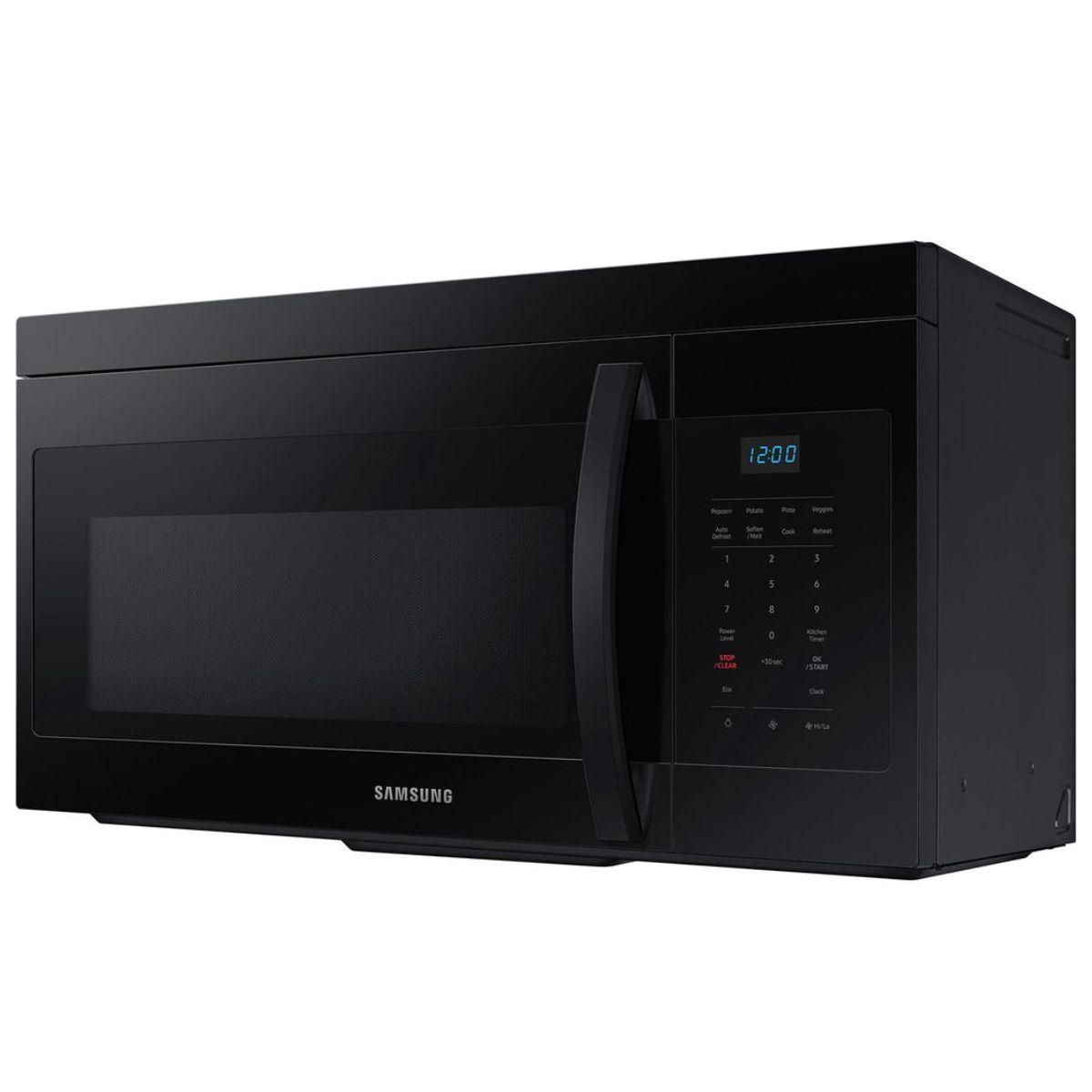
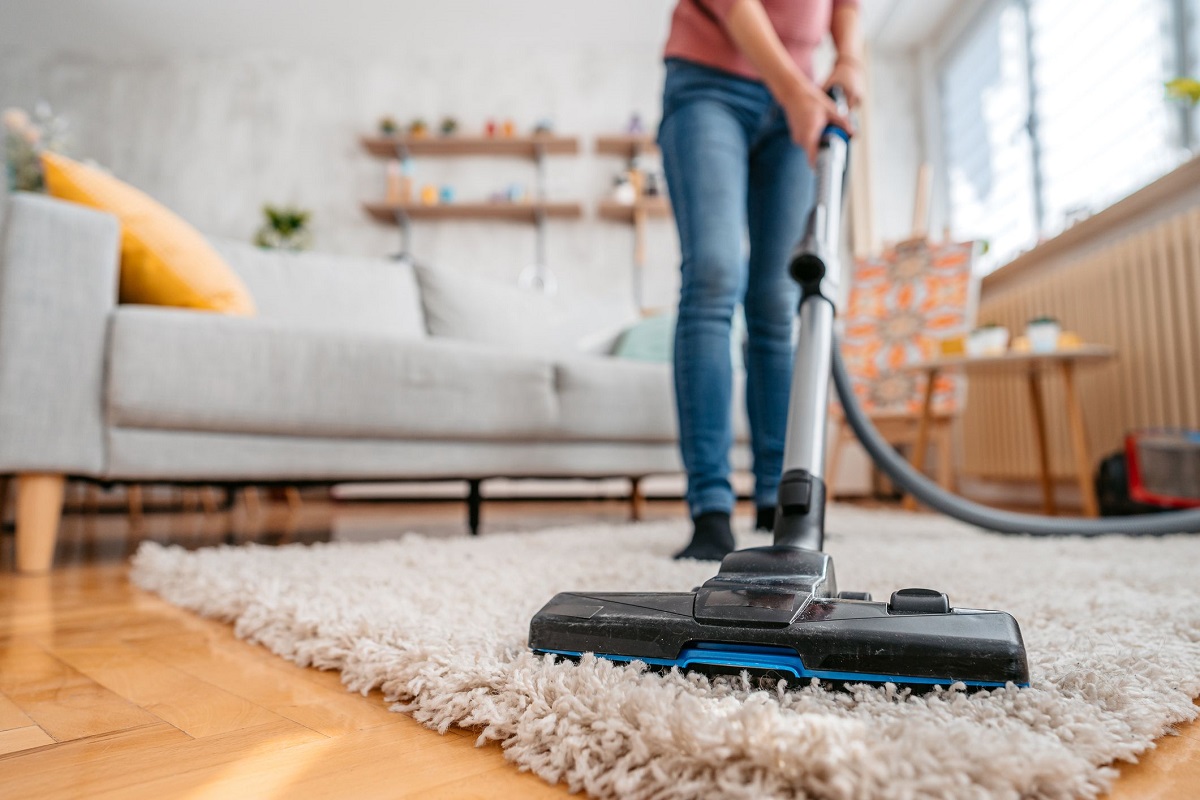
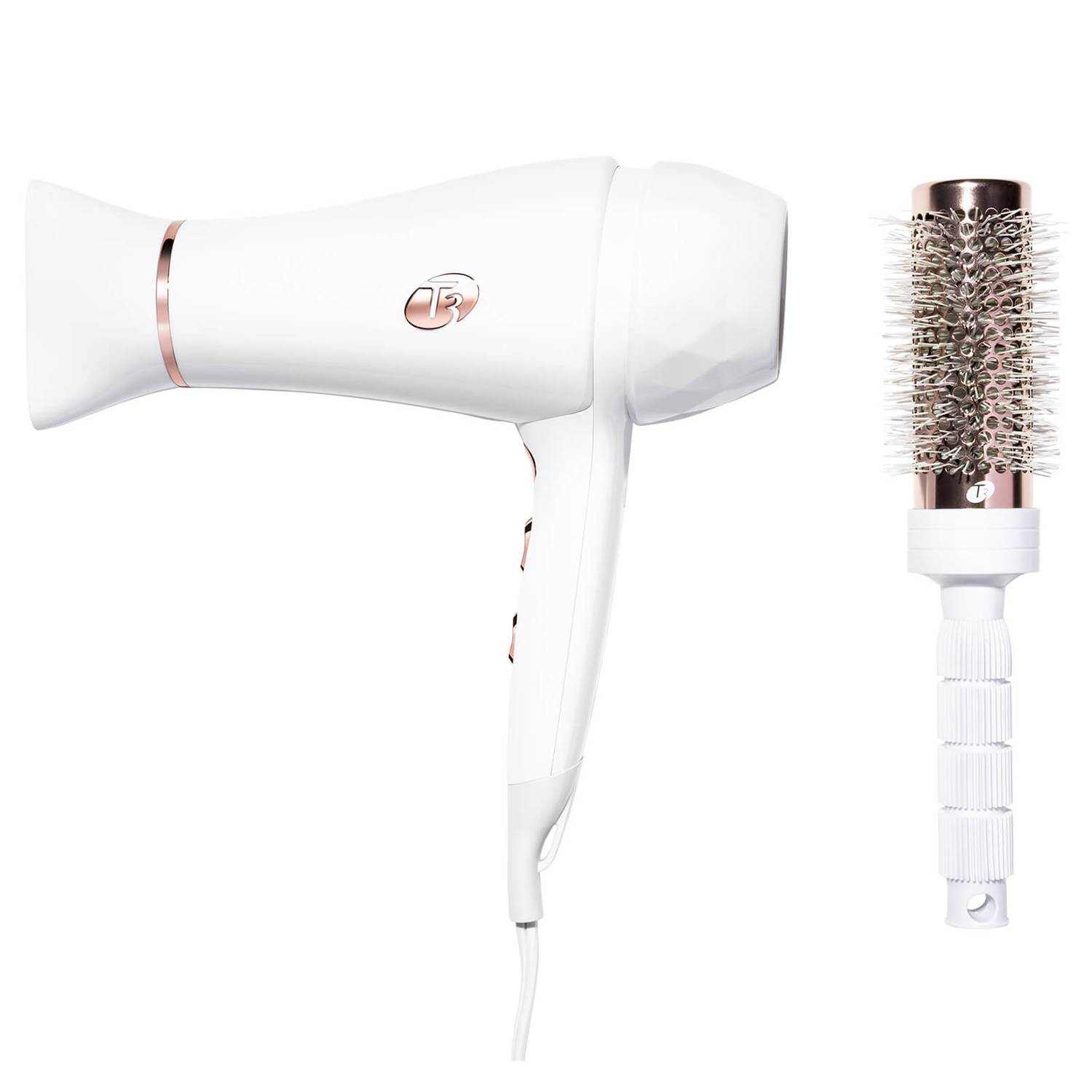

0 thoughts on “10 Dirty Spots You Probably Aren’t Vacuuming—but Should Be”